A few months ago, I caught myself making a completely impulsive online purchase. I was casually scrolling through Instagram when an ad stopped me in my tracks— a sleek, self-cleaning water bottle promising to keep drinks fresh all day. The ad had everything: a limited-time 20% discount, thousands of glowing reviews, and a short, engaging video demonstrating the product in action. Before I knew it, I had clicked “Buy Now.”
It wasn’t until later that I realised what had happened. As someone who studies consumer psychology in marketing, I should have seen the tactics at play: urgency (the discount), social proof (the reviews), and a compelling story (the video). But in that moment, my logical brain took a backseat, and my emotions drove the decision. So, think about this—if digital marketing psychology could influence me, someone trained to recognise it, imagine how powerful it is for the average consumer.
The truth is, every online purchase is guided by psychological triggers. Businesses that understand online buying behaviour can craft campaigns that don’t just sell but truly persuade. In this article, we’ll break down the psychology behind customer persuasion tactics and how you can use them ethically to boost conversions.
Understanding Online Buying Behavior
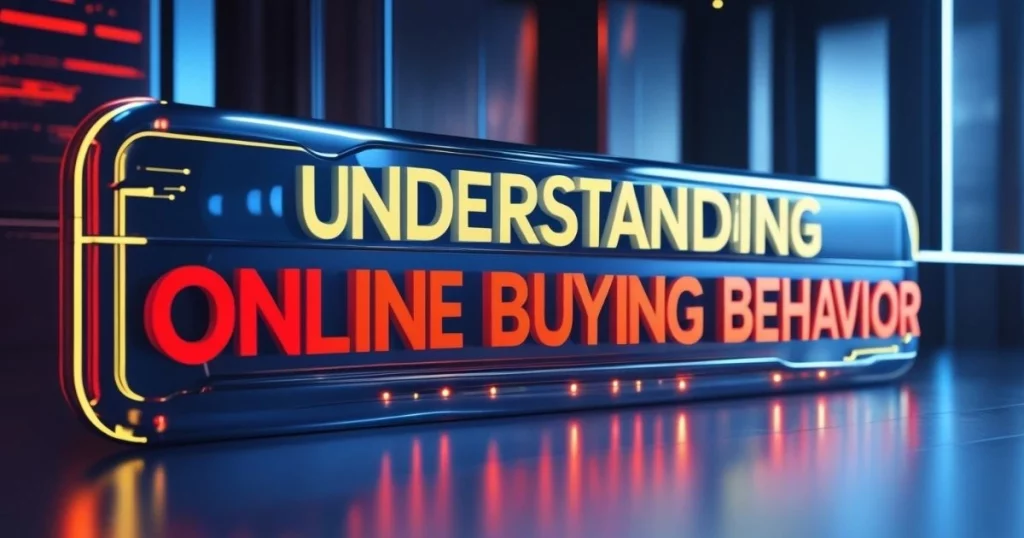
Have you ever told yourself you’d “think about it” before buying something, only to check out minutes later? That’s consumer psychology in action—a complex interplay of emotions, cognitive biases, and subtle marketing triggers that shape our online purchasing decisions.
At its core, buying isn’t always a rational act. While we like to believe we make decisions based on logic—comparing features, analysing prices, and making informed choices—the reality is different. Studies show that 95% of purchasing decisions happen in the subconscious mind, driven by emotions first and justified with logic later. That’s why high-converting digital campaigns focus on emotional triggers like excitement, fear of missing out (FOMO), or the desire for belonging. A well-placed countdown timer or an influencer’s glowing testimonial can tip a hesitant shopper into making a purchase.
This is where social proof becomes a game-changer. Humans naturally look to others for validation, which is why reviews, testimonials, and user-generated content are so powerful. A product with thousands of five-star ratings feels like a safer bet, while a lack of social proof raises doubt. Brands like Amazon and Airbnb leverage this principle by prominently displaying ratings and customer feedback, easing buyer hesitation.
The takeaway? If you want to influence online buying behaviour, don’t just focus on logic—tap into emotions, leverage persuasive marketing techniques, and use social proof to build trust. When done right, these strategies can turn browsers into loyal customers.
The Power of Persuasion: Techniques That Drive Conversions
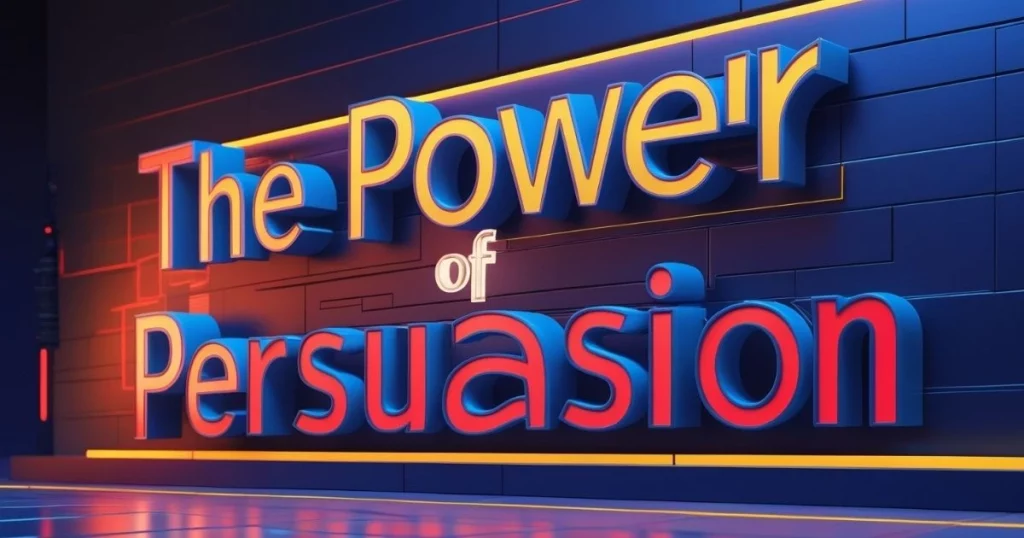
If you’ve ever rushed to buy something because a “limited-time offer” was about to expire, you’ve experienced persuasive marketing techniques firsthand. Digital marketers don’t just sell products—they craft experiences that nudge consumers toward action. By tapping into digital marketing psychology, businesses can subtly influence purchasing behaviour and increase conversions.
1. Scarcity: The Fear of Missing Out (FOMO)
Scarcity is one of the most powerful customer persuasion tactics. When we see a product labeled “Only 3 left in stock” or a sale that ends in hours, our brains perceive it as more valuable. This taps into our fear of missing out, pushing us to act quickly before the opportunity disappears. Platforms like Booking.com and Amazon use scarcity warnings effectively, creating a sense of urgency that drives impulse purchases.
2. Reciprocity: Giving to Get
People are wired to return favours. That’s why brands often offer free trials, downloadable guides, or exclusive discounts in exchange for an email signup. This principle of reciprocity builds trust and makes customers feel obligated to engage further. Think about how lead magnets—like free e-books, webinars, or discount codes—encourage visitors to take the next step in their buying journey.
3. Commitment & Consistency: Small Steps Lead to Big Conversions
Once we commit to something small, we’re more likely to follow through with larger actions. This is why free trials and “low-risk” commitments (like a $1 introductory offer) work so well. By getting customers to say “yes” in small ways, brands create a psychological path toward bigger purchases. Subscription services like Netflix and Spotify leverage this technique to turn trial users into long-term customers.
Mastering these persuasive marketing techniques can significantly boost conversions. The key is to apply them ethically—creating urgency without manipulation and offering genuine value in return.
Cognitive Biases That Shape Consumer Decisions
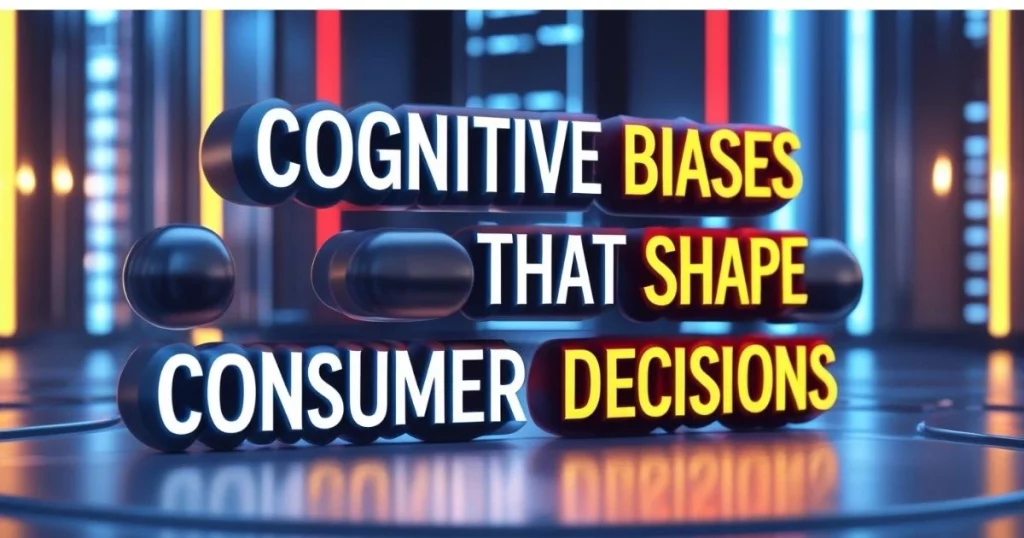
Have you ever seen a product on sale and thought, Wow, what a bargain!—even though you never intended to buy it in the first place? That’s cognitive bias at work. Consumer psychology in marketing relies on these subconscious mental shortcuts to influence online buying behaviour. Let’s break down three of the most powerful biases marketers use to drive conversions.
1. Anchoring Bias: The Power of First Impressions
The first price we see creates a psychological anchor that shapes how we perceive value. For example, when a luxury handbag is listed at £1,500 but marked down to £800, it feels like a steal—even if £800 is still expensive. Brands use anchoring bias by displaying original prices next to discounts, making deals seem more attractive. This is why high-ticket items, like electronics or software subscriptions, often have multiple pricing tiers, ensuring customers compare options rather than reject the purchase entirely.
2. Loss Aversion: The Fear of Missing Out
People are naturally more motivated to avoid losses than to achieve gains. Studies show that losing £50 feels far worse than gaining £50 feels good. This is why scarcity tactics like “Only 2 left!” or “Offer expires at midnight!” work so well. Consumers don’t want to lose a great deal, pushing them to act fast. Limited-time discounts, flash sales, and countdown timers all play into loss aversion, making hesitation feel riskier than purchase.
3. The Decoy Effect: Subtle Choice Manipulation
Ever noticed how coffee shops offer three sizes, and the middle one seems like the best deal? That’s the decoy effect in action. When brands introduce a slightly less attractive option (the “decoy”), it makes the higher-priced option seem more reasonable. Streaming services like Netflix and Apple Music do this by offering a mid-tier plan that seems like the best value compared to a barely-functional basic plan.
Understanding these biases isn’t just interesting—it’s a game-changer. When applied ethically, these customer persuasion tactics can guide consumers toward choices that feel right for them and boost conversions.
Emotional Triggers in Marketing
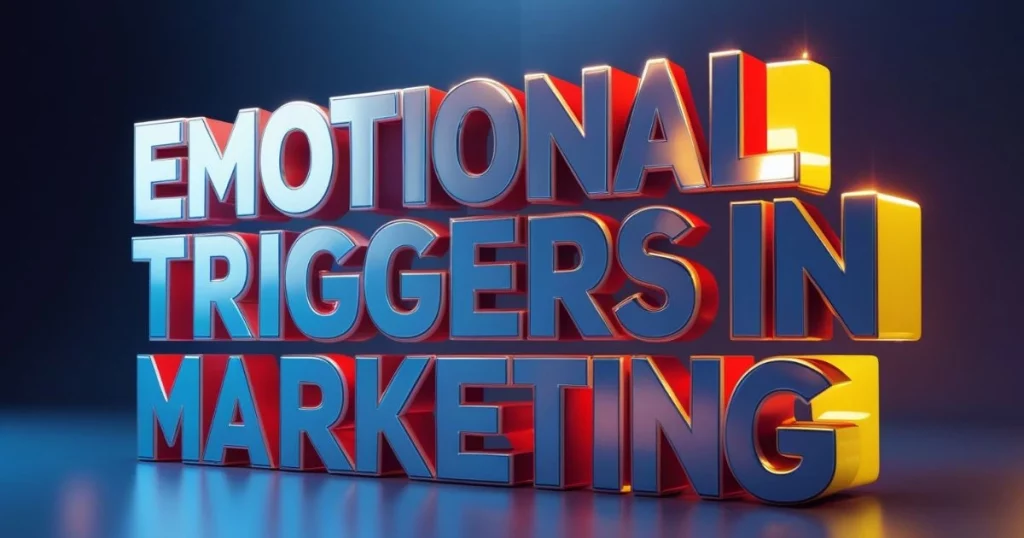
We like to think we make buying decisions rationally, weighing pros and cons before clicking “Buy Now.” But the truth? Emotions drive most purchases. Whether it’s excitement, nostalgia, fear, or trust, our feelings shape how we perceive brands and products. That’s why the most successful marketing campaigns don’t just sell a product—they tell a story.
The Power of Storytelling in Brand Messaging
People don’t connect with products; they connect with stories. A brand that can evoke emotions through storytelling creates stronger relationships with its audience. Take Nike, for example. Their marketing isn’t just about selling shoes—it’s about inspiring greatness. Campaigns like “Find Your Greatness” or “Just Do It” tell stories of perseverance, struggle, and triumph, making customers feel like they’re part of something bigger.
Case Studies: Emotional Marketing in Action
- Coca-Cola – Happiness & Nostalgia
Coca-Cola’s marketing revolves around happiness and togetherness. Campaigns like “Share a Coke” personalised bottles with names, triggering nostalgia and social connection. This emotional appeal made consumers feel personally involved, driving massive sales. - Apple – Innovation & Belonging
Apple doesn’t just sell technology; it sells an identity. Their ads focus on creativity, simplicity, and innovation, making customers feel like part of an exclusive, forward-thinking community. The emotional connection keeps brand loyalty sky-high.
By tapping into emotions, brands can influence online buying behaviour on a deeper level. Whether it’s making people feel excited, inspired, or nostalgic, emotional marketing transforms casual shoppers into lifelong customers.
The Role of Social Proof and Authority
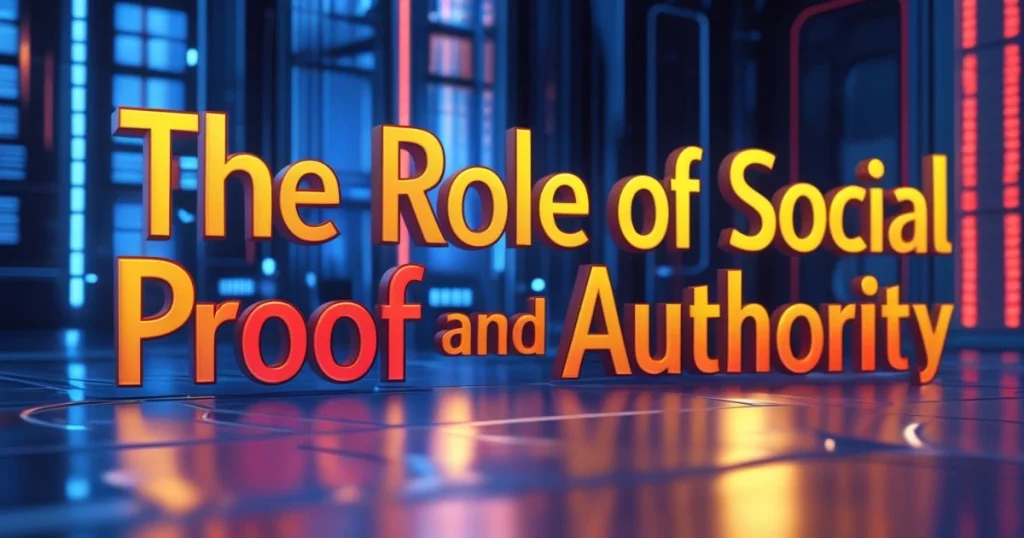
Ever hesitated before buying something online, only to be convinced after reading a few glowing reviews? That’s social proof in action. As humans, we look to others for validation—especially when making decisions in uncertain situations. In digital marketing, leveraging social proof and authority can dramatically increase trust and conversions.
Influencers, Celebrities & User-Generated Content
People are more likely to buy a product if they see someone they admire using it. That’s why influencer marketing is so powerful. Whether it’s a celebrity endorsement or a niche influencer’s recommendation, consumers trust real people more than traditional ads. User-generated content (UGC)—like customer photos and unboxing videos—adds authenticity, making products feel more desirable and credible.
The Psychology Behind Online Reviews & Testimonials
Studies show that 93% of consumers read online reviews before purchasing. Why? Because they act as social reassurance. Seeing that others have had positive experiences reduces uncertainty and increases confidence in the buying decision. Platforms like Amazon and TripAdvisor thrive on this principle, prominently displaying ratings and customer feedback to drive conversions.
Trust Signals: The Silent Persuaders
Beyond reviews, other trust signals—like certifications, money-back guarantees, and media endorsements—help establish credibility. For instance, an “Amazon’s Choice” badge or a “Certified Organic” label instantly reassures potential buyers. These subtle cues make a brand appear more trustworthy, increasing the likelihood of purchase.
By incorporating social proof and authority into digital marketing strategies, businesses can ease buyer hesitation, boost credibility, and ultimately drive more sales.
Neuromarketing and the Future of Digital Psychology
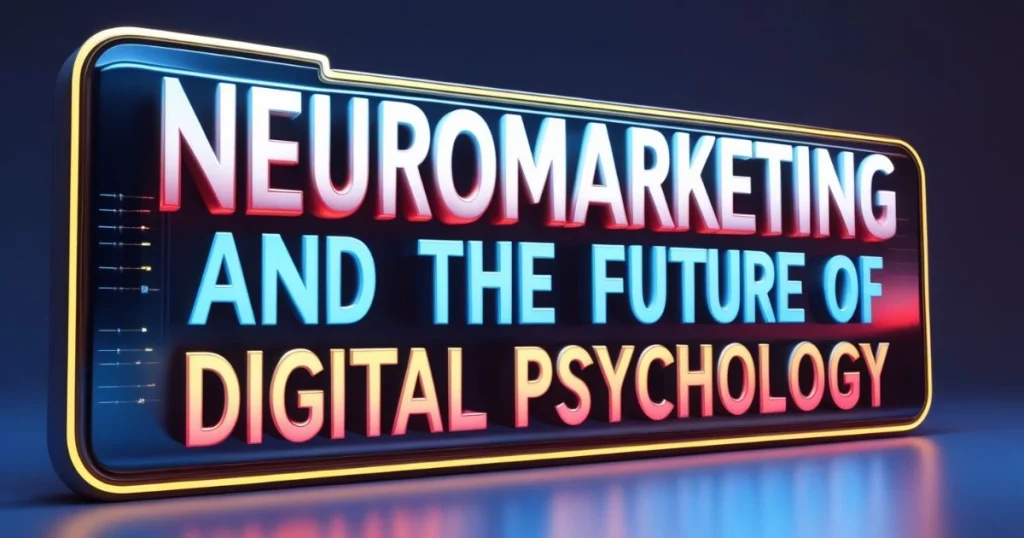
Imagine if you could know exactly what a customer was thinking before they made a purchase. While mind-reading isn’t possible (yet), neuromarketing—the intersection of neuroscience and marketing—is getting us closer than ever to understanding online buying behaviour on a deeper level.
How Neuroscience is Shaping Digital Marketing
Neuromarketing uses brain science to analyse how consumers react to ads, websites, and products. Brands now leverage eye-tracking studies, EEG scans, and facial recognition to measure emotional responses, helping them fine-tune campaigns for maximum engagement. For example, companies like Pepsi and Google have used brain activity research to optimise ad placements and product packaging.
AI, Behavioural Analytics & Predicting Consumer Actions
Artificial intelligence (AI) and big data have taken digital marketing psychology to the next level. AI-powered algorithms analyse vast amounts of customer data to predict shopping patterns, personalise recommendations, and optimise ad targeting. Platforms like Netflix and Amazon use these insights to keep users engaged, while chatbots and voice assistants provide hyper-personalised experiences.
The Ethics of Psychological Marketing
As powerful as neuromarketing is, it raises ethical concerns. Should businesses use brain science to subtly influence consumer behaviour? Where do we draw the line between persuasion and manipulation? Transparency is key—while marketers can use psychology to enhance user experiences, they must also respect consumer autonomy and avoid exploitative tactics.
The future of consumer psychology in marketing is exciting and ever-evolving. With AI and neuroscience leading the way, brands that balance innovation with ethical responsibility will stay ahead in the digital landscape.
Conclusion: Applying Psychology to Your Marketing Strategy
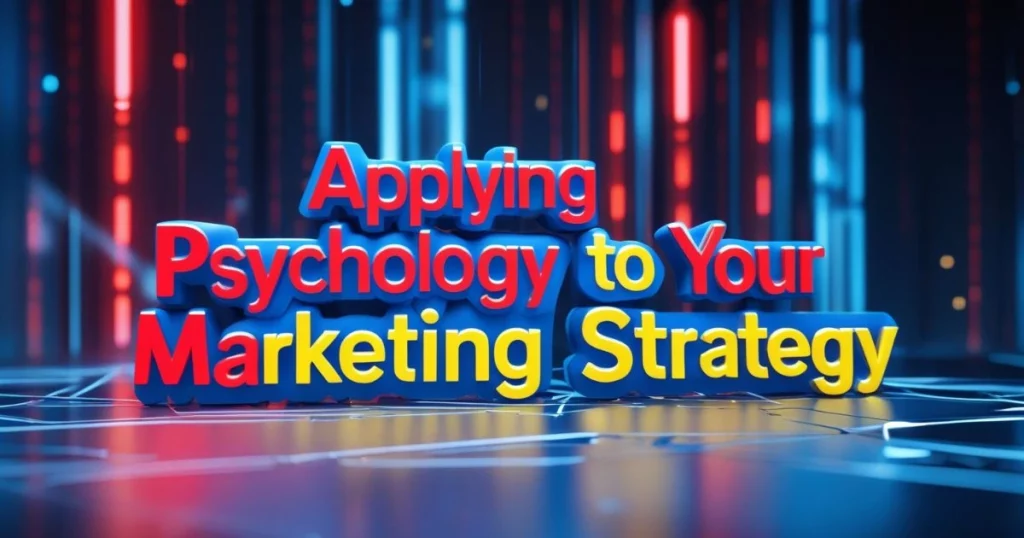
Understanding consumer psychology in marketing isn’t just a competitive advantage—it’s the key to influencing online buying behaviour in an ethical and effective way.
Key Takeaways
- Buying decisions are driven by emotions first, logic second.
- Persuasive techniques like scarcity, reciprocity, and social proof increase conversions.
- Cognitive biases shape perception—anchoring, loss aversion, and the decoy effect influence choices.
- Neuromarketing and AI are transforming digital marketing, offering deeper insights into consumer behaviour.
How to Apply This to Your Business
- Use emotional storytelling in your branding.
- Implement social proof (reviews, testimonials, UGC) to build trust.
- Leverage behavioural analytics to optimise your website and ad strategies.
- Apply persuasion techniques ethically, ensuring transparency and authenticity.
The future of marketing isn’t just about selling—it’s about understanding human psychology and crafting experiences that truly connect with consumers. Want to optimise your digital strategy with psychology-driven tactics? Start implementing these insights today and watch your conversions soar!
FAQs
How can I use psychological triggers to sell more to Thai customers?
- “Kreng Jai” (Consideration): Offer gentle reassurance—e.g., “คุณไม่จำเป็นต้องซื้อตอนนี้” (“No need to buy now”) to ease pressure and reduce hesitation.
- Social Proof: Feature real Thai customer photos (avoid generic stock) alongside testimonials.
- Scarcity with Time Sensitivity: Use urgent phrases like “หมดเร็ว!” (“Selling out fast!”) to create culturally resonant urgency.
- Expat Tip: Thai consumers respond better to indirect persuasion—steer clear of aggressive sales language.
Why do my Facebook ads work for expats but fail with Thai audiences?
- High-Context Culture: Ads need an emotional narrative (e.g., family scenes) instead of direct-response messages common in Western markets.
- Color Symbolism: Gold conveys luxury, pink feels playful—heavy black tones can appear too harsh.
- Mobile-First Behavior: With 92% of Thais shopping on phones, vertical video formats perform best.
How do Thai brands create such emotional ads? Can I replicate this?
- Family Bonds: Feature multi-generational moments (e.g., grandparents using your product) to evoke strong family resonance.
- Humour: Use light, non-confrontational jokes—sarcasm can backfire in Thai culture.
- Local Nostalgia: Mix in Thai cultural references—90s pop culture or rural settings create emotional connection.
- Expat Hack: Collaborate with Thai content creators to script and generate authentic emotional storytelling that resonates locally.
Is neuromarketing worth investing in for my Thailand-based business?
- Eye-Tracking Heatmaps: Use tools like Hotjar (approx. ฿2,500/month) to identify where Thai visitors focus on your site.
- Voice Tone Analysis: Platforms like Beyond Verbal evaluate whether your Thai voiceovers sound sincere and trustworthy.
- AI Sentiment Analysis: Tools such as Brandwatch scan Thai social media to uncover emotional triggers in real-time.
Stat: Neuromarketing techniques can lift Thai conversion rates by 18–35%.
How can I protect my foreign-owned business from Thai consumer law risks?
- Transparent Scarcity: Show real stock levels. Misleading numbers could trigger fines up to ฿500K.
- Ethical Social Proof: Disclose paid influencer content using #sponsored (written in Thai) for transparency.
- Non-Manipulative CTAs: Avoid deceptive tactics like “48 people viewing now” unless accurate.
- Legal Must: Provide a Thai-translated privacy policy and cookie consent banner to comply with PDPA requirements.


